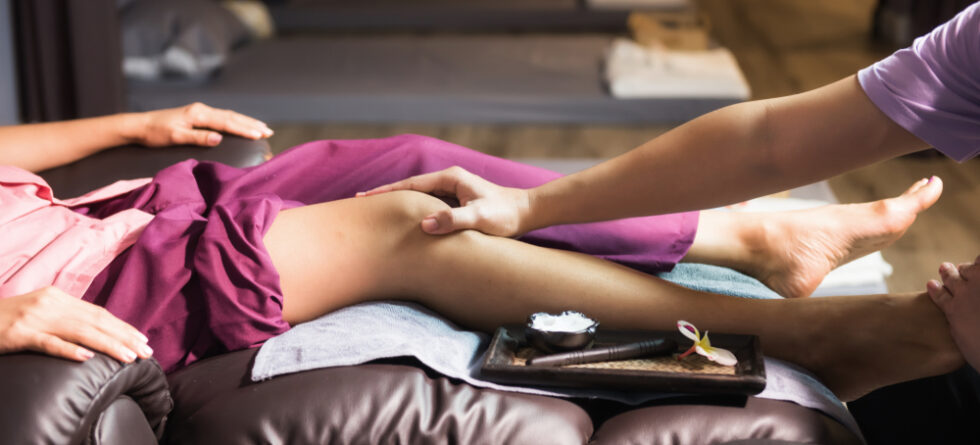Yes, a massage therapist can often help with knee pain, especially if the pain is related to muscular tension, tightness, or imbalances. While massage therapy may not directly address underlying structural issues in the knee joint itself, it can provide relief from pain and discomfort associated with muscle tightness, inflammation, and overuse.
Here are some ways that a massage therapist may help with knee pain…
- Reduce Muscle Tension – Massage therapy techniques, such as Swedish massage, deep tissue massage, and myofascial release, can help release tension and tightness in the muscles surrounding the knee joint. By applying targeted pressure and manipulation to specific muscle groups, a massage therapist can help alleviate muscle stiffness and improve flexibility, which may reduce strain on the knee joint.
- Improve Circulation – Massage therapy can increase blood flow to the muscles and tissues around the knee, which can help promote healing and reduce inflammation. Improved circulation can also facilitate the delivery of oxygen and nutrients to the affected area, supporting the body’s natural healing process.
- Relieve Pain and Discomfort – Massage therapy can help alleviate pain and discomfort associated with knee injuries, overuse, or chronic conditions such as arthritis. By stimulating the release of endorphins (natural pain-relieving chemicals) and reducing muscle tension, massage therapy can provide temporary relief from knee pain and improve overall comfort.
- Enhance Range of Motion – Tight muscles and restricted movement patterns can contribute to stiffness and limited range of motion in the knee joint. Massage therapy techniques aimed at improving flexibility and mobility, such as stretching and joint mobilization, can help enhance range of motion and restore normal movement patterns in the knee.
- Address Compensation Patterns – In some cases, knee pain may be related to compensation patterns or imbalances in other areas of the body, such as the hips, pelvis, or feet. A skilled massage therapist can assess your posture, movement patterns, and muscle imbalances to identify areas of dysfunction that may be contributing to your knee pain. By addressing these underlying issues, massage therapy can help alleviate stress on the knee joint and reduce the risk of further injury.
It’s important to note that while massage therapy can be an effective adjunctive treatment for knee pain, it may not be suitable for all individuals or all types of knee injuries or conditions. It’s essential to consult with a healthcare professional, such as a physician or physical therapist, to determine the underlying cause of your knee pain and develop a comprehensive treatment plan that may include massage therapy along with other interventions such as exercise, stretching, and rehabilitation exercises.



